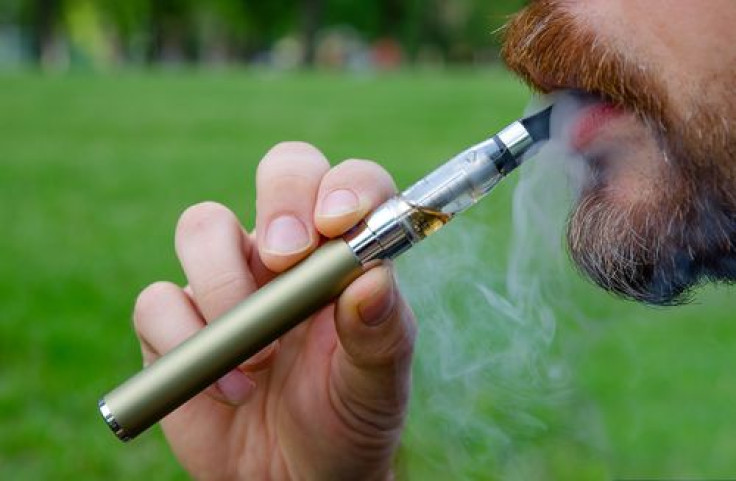E-Cigs Now Part of Smoking Ban: NYC Council Fears 'Vaping' Is 'Gateway' To Regular Cigarettes

After more than a decade of banned smoking in public and work places and a rise in tobacco taxes, the New York City Council has decided to add one more item to its anti-tobacco measures: e-cigarettes.
The measure, supported by Council Speaker Christine Quinn and Health Commissioner Thomas Farley, was passed 43 to 8 yesterday. Smoking e-cigs will now be prohibited in offices, restaurants, bars, and parks in New York City. The law will go into effect in four months, said Jamie McShane, a spokesman for the speaker, Bloomberg.com reports.
“The council has worked for well over a decade to curb smoking in New York City, and I really believe it’s one of our greatest accomplishments,” Quinn said before the vote. “E-cigarettes threaten, in my opinion, to undermine enforcement of the Smoke-Free Air Act.”
Since its introduction to the U.S. market near 2009, e-cigs has been viewed as an alternative to smoking tobacco. The Centers for Disease Control and Prevention (CDC) estimates one in five Americans have tried smoking an e-cigarette, or 6 percent of adults who smoke.
E-cigs do not contain any tobacco but give the “smoker” the illusion they are smoking a regular cigarette. Discovery Fit & Health says the liquid nicotine in an e-cig is heated up and then turns into a vapor that the smoker inhales and exhales. Manufacturers of the e-cig say that the nicotine vapor offers many advantages over traditional smoke but fear arises over the possible side effects of inhaling nicotine vapor and other health risks they may impose to both users and the public.
While these cigarettes do not produce secondhand smoke, they do produce secondhand vapor. People with health conditions have reported the vapor is irritating to their eyes, noses and throats, and affects their breathing, making them nauseous. Although manufacturers have yet to confirm or deny such claims, opponents of e-cigs believe children, the elderly, and people with certain medical conditions should not be exposed to secondhand vapor until it is deemed safe.
The vote to ban e-cigs in NYC comes shortly two months after the council raised the legal age to buy tobacco products and e-cigs to 21 years old from 18 years of age. The bill was passed to “save lives” as city officials said the earlier people began smoking, the more likely they were to become addicted. The implementation of anti-tobacco measures may be responsible for the youth smoking rate in NYC declining from 17.6 percent in 2001 to 8.65 percent in 2007.
The ban on e-cigs also comes amid fears from politicians that the tobacco-free cigarette could lead to smoking regular cigarettes.
“E-cigarettes, battery-operated tubes that simulate the effect of smoking by producing nicotine vapor, may be a gateway to smoking regular cigarettes and make quitting harder,” Quinn said.
These cigarettes are not subjected to U.S. tobacco laws since they do not contain any tobacco, raising concerns that e-cigs may be appealing to teenagers and young adults, encouraging nicotine addiction among this age group. The amount of nicotine e-cigs contain depends on the liquid-nicotine cartridge inside it. Customers can choose cartridges that contain nicotine in a range of strengths, some comparable to the amount of nicotine in a regular tobacco cigarette.
Currently, e-cigs marketed for therapeutic purposes, but not recreational, are regulated by the Food and Drug Administration (FDA) Center for Drug Evaluation and Research. The FDA wants to label these cigarettes as a drug-delivery device so they can be regulated, but manufacturers say e-cigs that are simply recreational should not be subjected to FDA regulation.
NYC’s e-cig smoking ban may set the precedent for other major American cities to follow like Chicago and Los Angeles to follow in their footsteps. U.S. states like New Jersey and Utah have banned the use of e-cigs where smoking is prohibited. These bans are said to curb e-cigarette sales next year.



























